When Linnaeus inaugurated the modern discipline of taxonomy there was no theory of evolution. Linnaeus sat in his study, applying names to organisms, in complete ignorance of the fact that all of them shared a common ancestor. His binomial system works because, as Linnaeus and his contemporaries realised, organisms vary systematically. Although there are interesting differences among them, there are also important similarities. But, in the absence of a theory that convincingly explained natural diversity, people had to speculate and, oh my, did they![1]
Since Darwin’s revolution, the science of systematics has been grounded in the understanding that similar organisms are similar because they are related by descent from a common ancestor (and, sometimes, because evolution repeatedly lights on the same solution to the problems of life, causing convergence in distantly related organisms). Until recently, however, we have had to use indirect clues such as morphology, supplemented by patchy evidence from the fossil record, to infer these relationships. With the advent of rapid, cheap DNA sequencing, we are gradually revealing explicit phylogenies – family trees in which the relationships among organisms and their evolutionary history is laid bare. This is a great triumph of human understanding!
But a practical problem has arisen as a result of this nascent clarity. In getting from there to here taxonomists, labouring in their museums and herbariums, have named thousands of organisms on the basis of the old system. In the absence of easy ways of communicating with colleagues in other countries, much of this effort was duplicated. The result is that there are many more names than there are species. For example, if you consult The Plant List[2], the best current attempt to catalogue Earth’s plant life, and type ‘Galanthus’ into the search field, you’ll get 121 names, of which only 22 are considered valid. The other 99 are ‘synonyms’, names that the experts consider to be duplicates.
Galanthus lagodechianus provides a good example of the synonymy phenomenon. It is a plant of the Caucasus, occurring both north and south of the main ridge, in many populations. To my knowledge, it has been given separate names at least five times: G. lagodechianus Kem.-Nath (the only currently accepted name), G. artjuschenkoae Gabrieljan, G. cabardensis G. Koss, G. kemulariae Kuth. and G. ketzkhovelli Kem.-Nath.
The abbreviations after the species names refer to the botanists who published the names. These men and women were neither stupid nor careless (on the contrary, they were typically much more careful and better trained in field botany than the data miners of contemporary molecular phylogenetics labs): if they noticed differences, it is likely that the differences were real. So, on the one hand, we should accept, provisionally, the conclusions from molecular phyogenetics regarding relatedness and, on the other hand, we should remain alert to the fact that there is an awful lot of variation, salient to the anyone interested in diversity, on which the DNA evidence is silent.
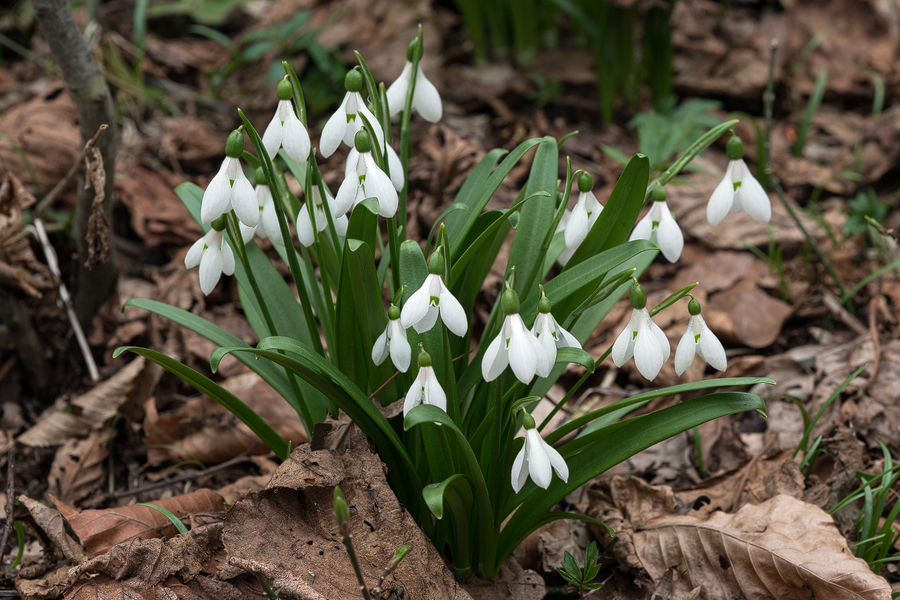
As noted, the only name for this widespread species that is currently accepted by the consensus among informed taxonomists is G. lagodechianus. The first opportunity I had to see this species in the wild this year was in Armenia, where it occurs in at least two places and is known there as G. artjuschenkoae. I found a population of this handsome plant in the north-east of the country. In the second week of March these plants were approaching the end of flowering.
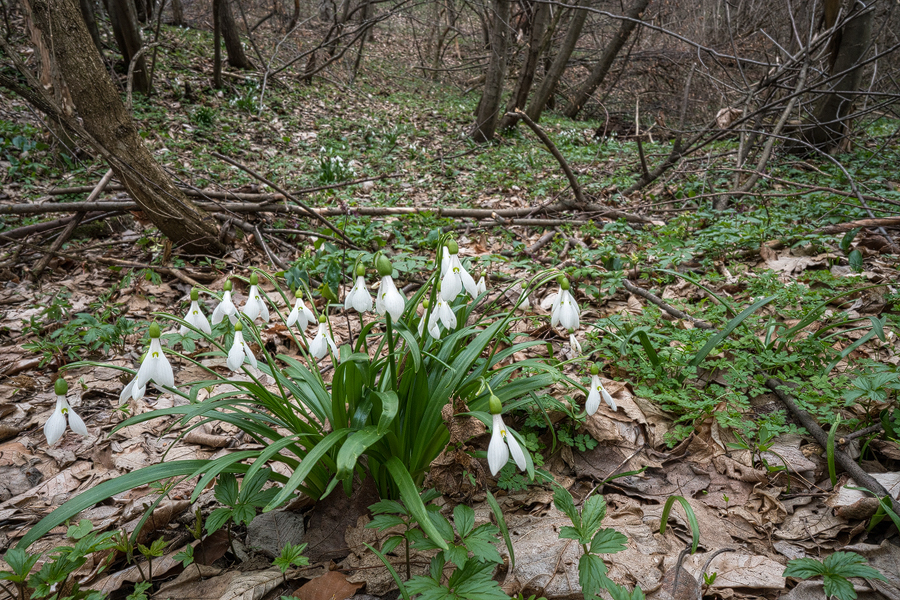
The population was growing on a gentle slope under deciduous trees, in humusy, clay-rich soil over limestone. The plants grew in large clumps. Quite a few individual bulbs produced two scapes.
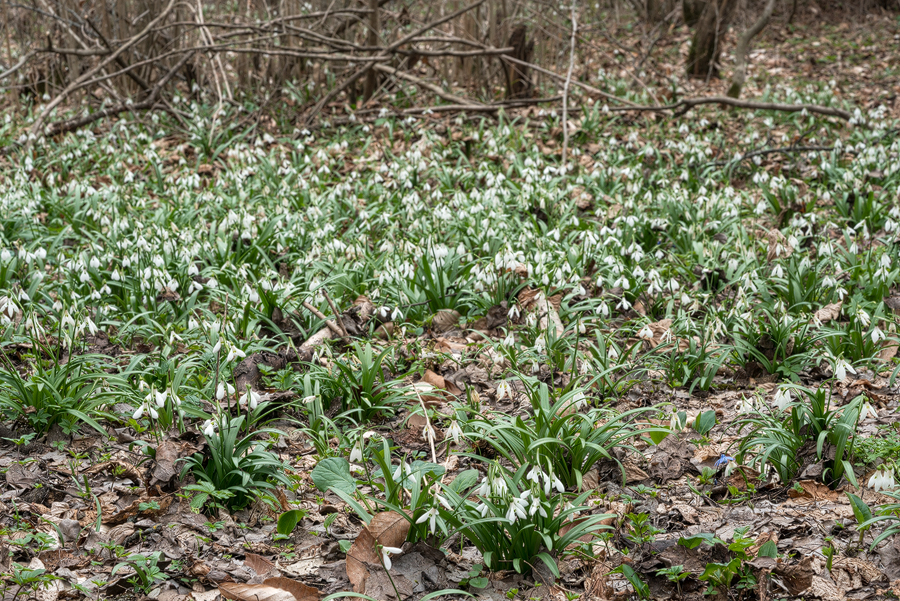
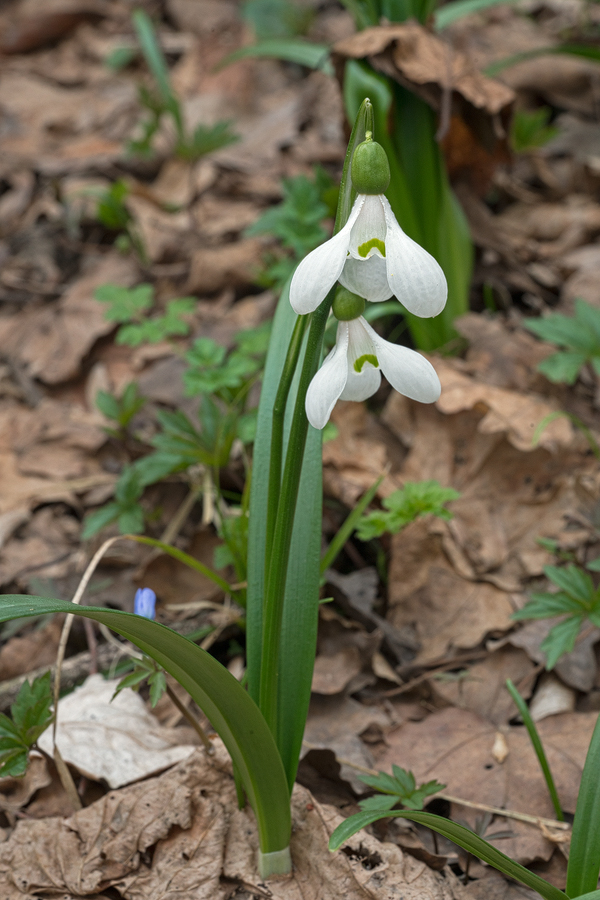
Corydalis cava and Cardamine quinquefolia were flowering at the same time.


The leaves of the plants in this population were mid to dark-green and had a matt , slightly pustulate surface, reminiscent of G. ikariae. The vernation was clearly applanate. The leaves were erect or spreading, linear (i.e. parallel margins) and the edges and tips were flat. There was, in most cases, a faint, narrow, paler line running down the middle of the upper surface of the leaves. The midrib on the abaxial surface was prominent.

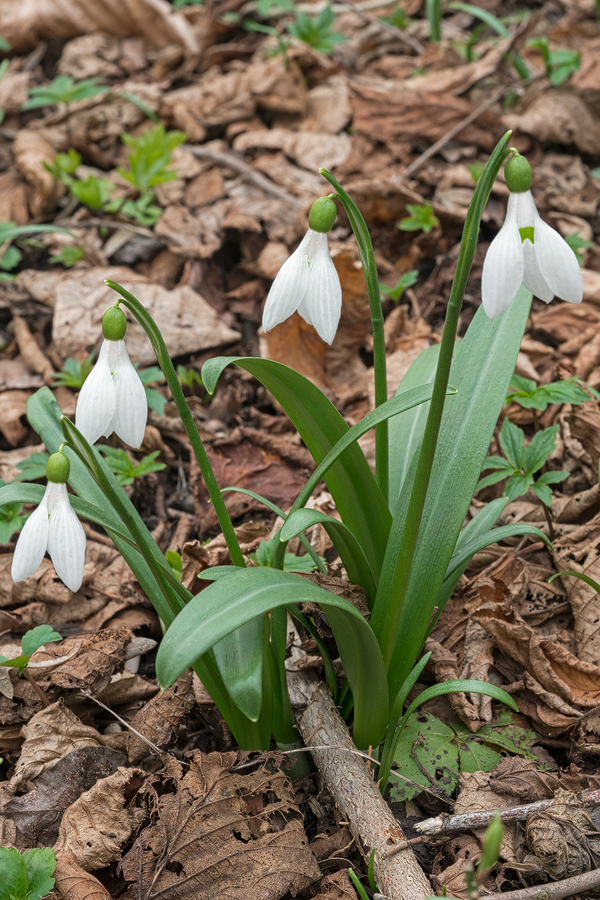
The flowers were large and, in most clones, borne in profusion. They were in the shape of a Comice pear, with long ‘claws’, a feature that always enhances the elegance of snowdrop flowers, in my opinion. The spathe protruded only a millimetre or so above the flower.
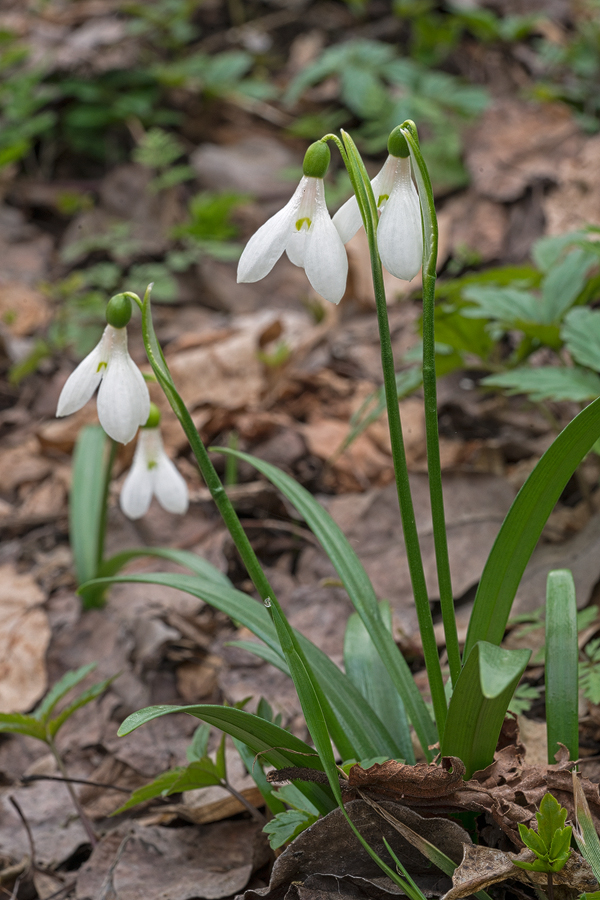
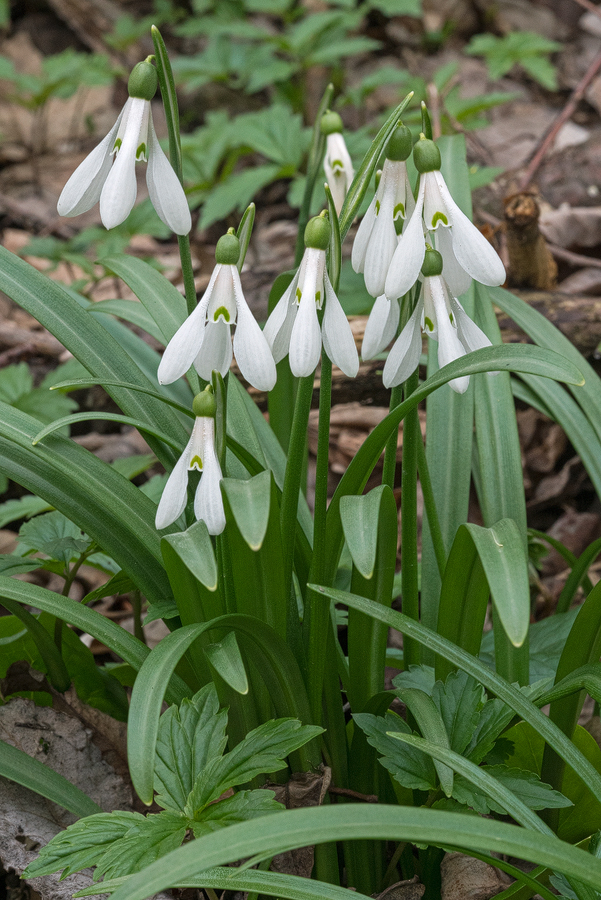
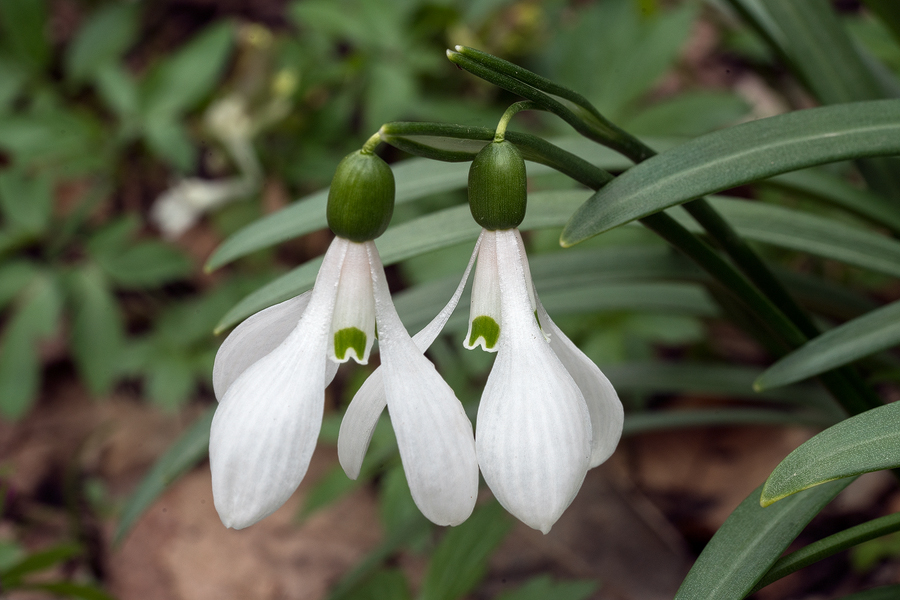
Some flowers had a seersucker texture to the outer segments.
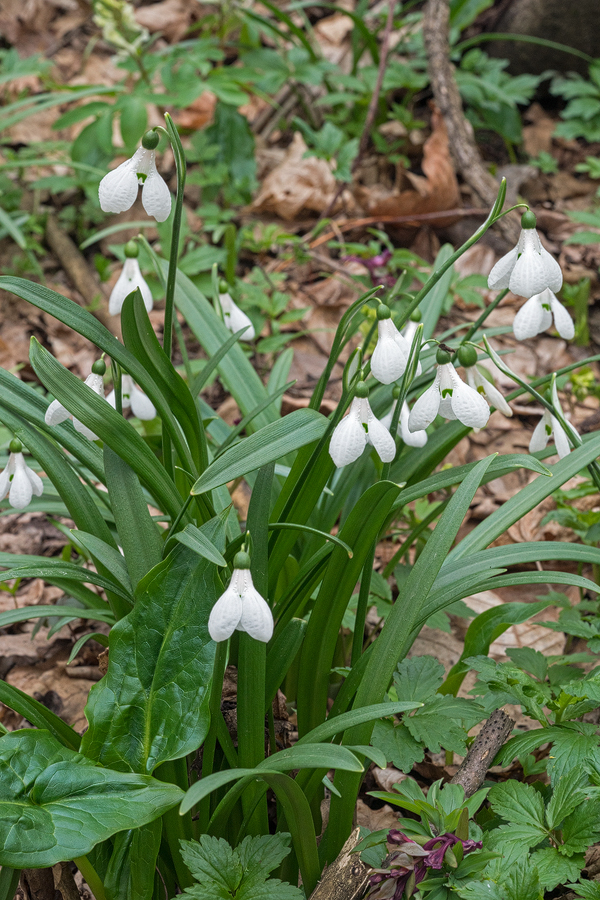
A few plants had green markings on the outer segments too.
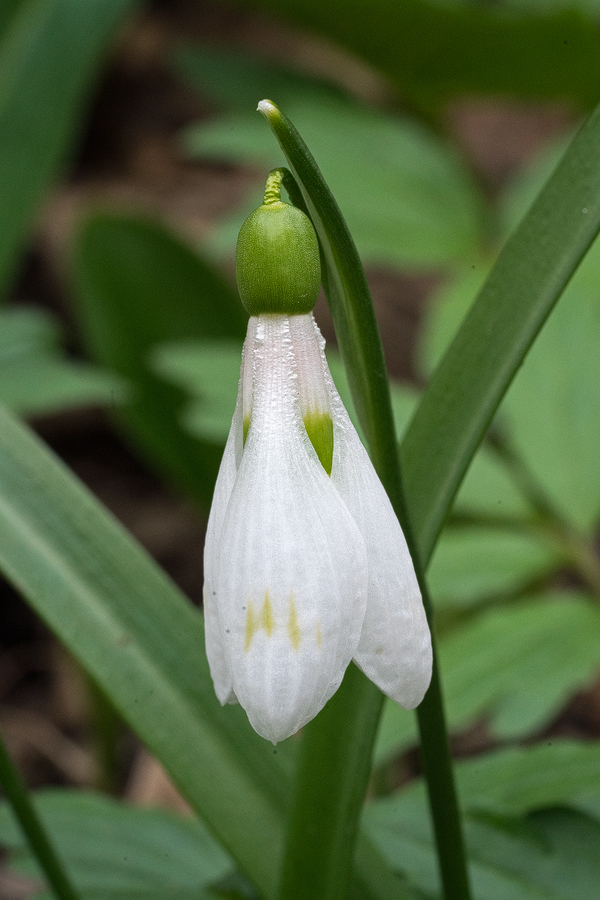
There was a single, apical mark on each inner segment, which varied in size from negligible to covering about a third of the segment, and in colour from yellowish to pale green to dark green. In some individuals, the green mark at the apex of the segment was divided into two dots either side of the sinus.
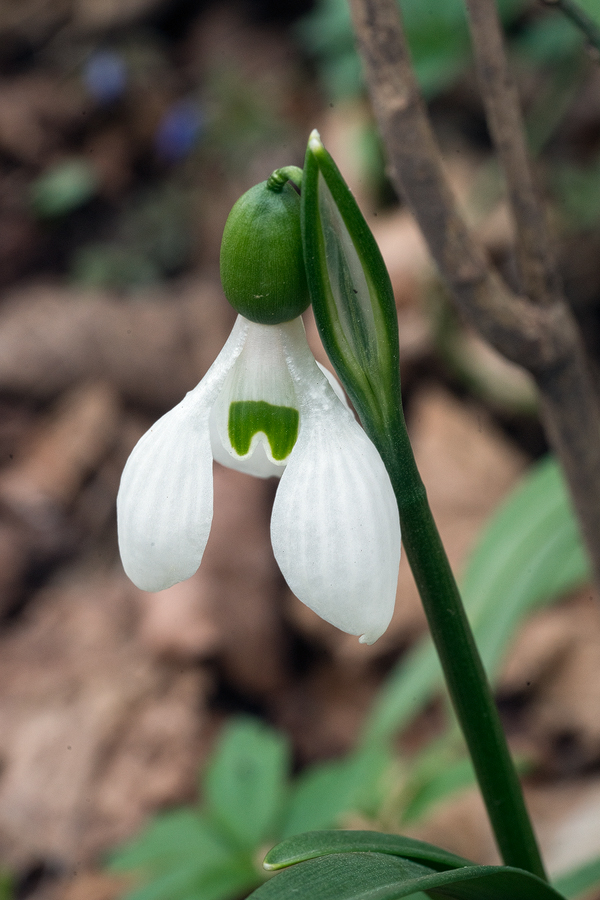
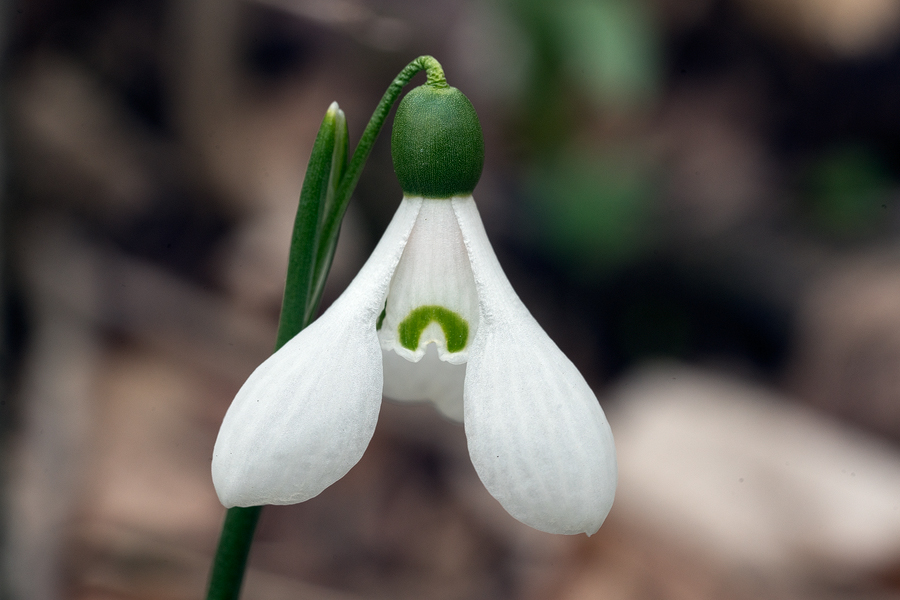
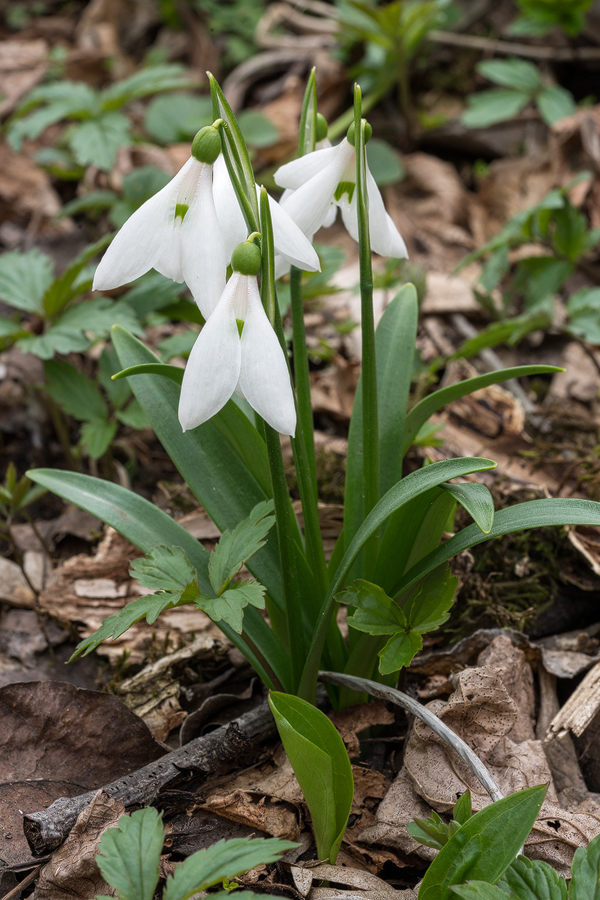
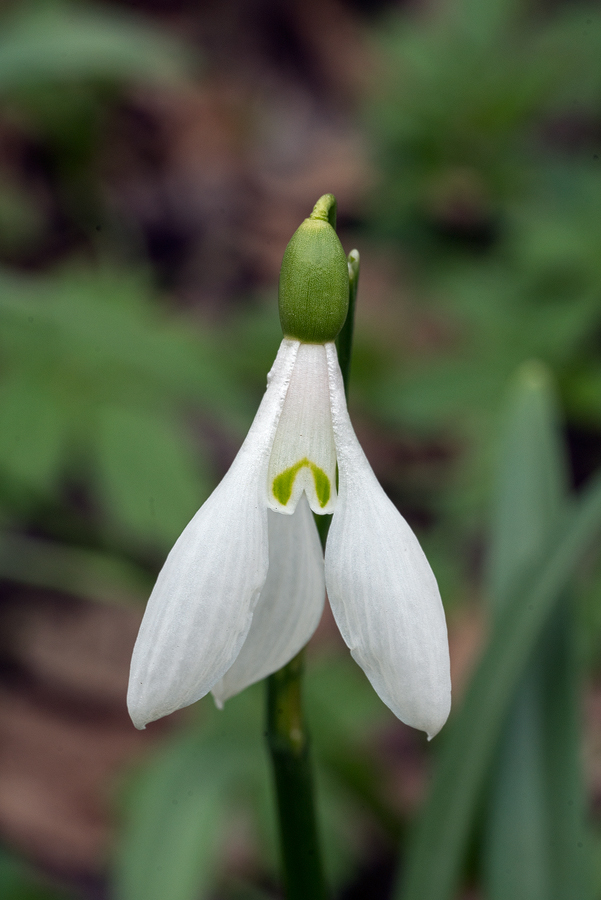
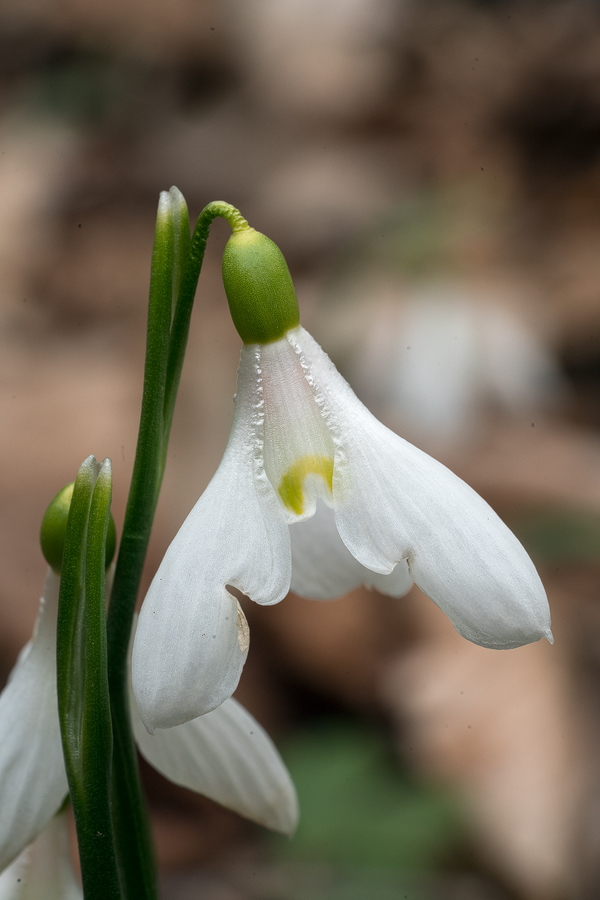
Quite a lot of the plants in this population had ovaries and inner segment markings that were yellowish. Given that the population was in late flower, I am confident that this was not a snow-melt effect.
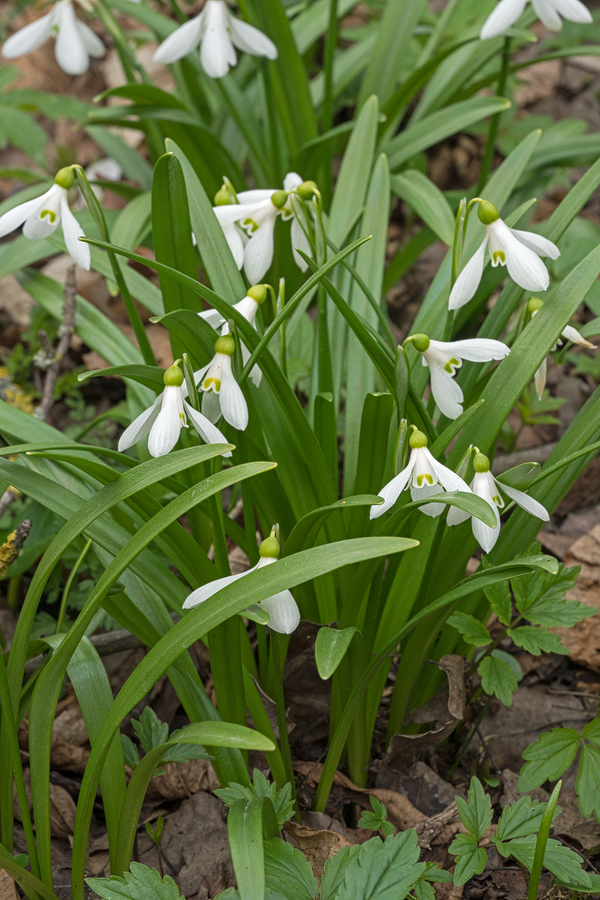
My overall impression was that the plants in this population were exceptionally attractive, much more so than any G. lagodechianus that I have ever grown.
A few days later, I was in the north-east of Turkey, where the weather was generally uncooperative. A late fall of snow rapidly covered populations of snowdrops that were flowering or had already finished flowering. Just before they were hidden by the fresh snow, I found one high elevation population of what, according to the books, must be G. rizehensis, growing on limestone rocks on a steep slope beside a fast-flowing river south-west of Trabzon, at 1100m.
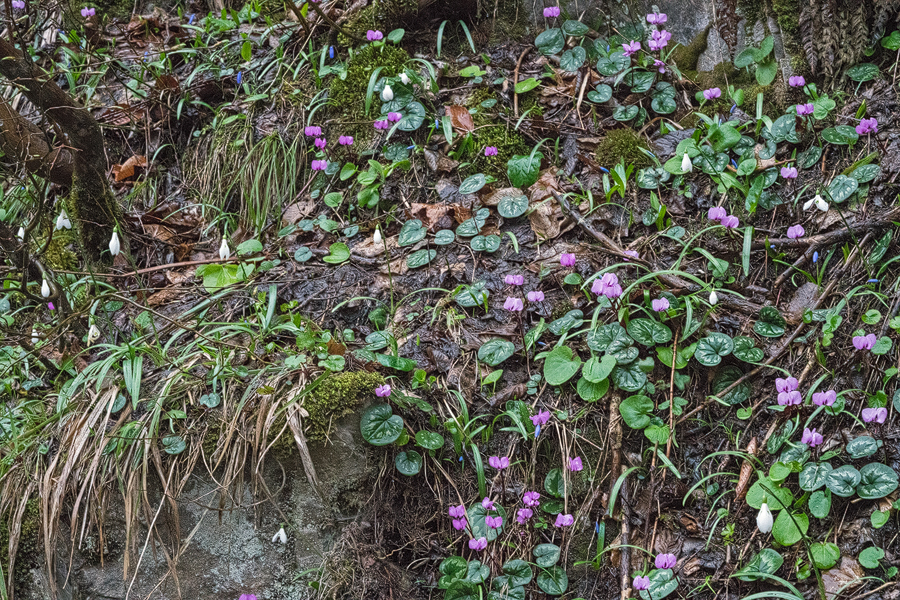
It was raining and late in the day, so the accompanying grainy photographs were the best I could do. The plants were remarkably similar to those I had seen in Armenia. Differences that I noted were minor. The leaves were less erect, more spreading and had a slightly more prominent pale median stripe. The flowers were similar in shape, size and inner segment markings.

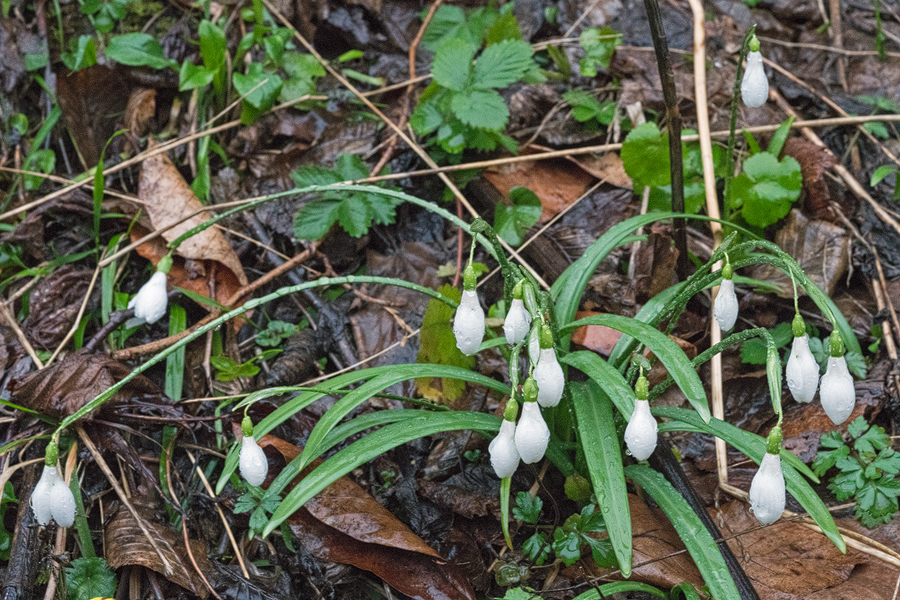
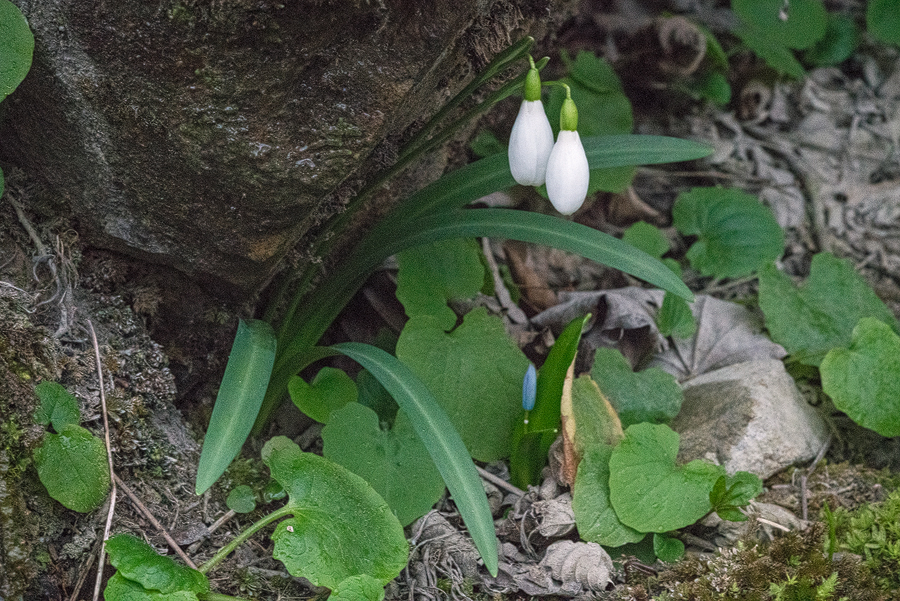
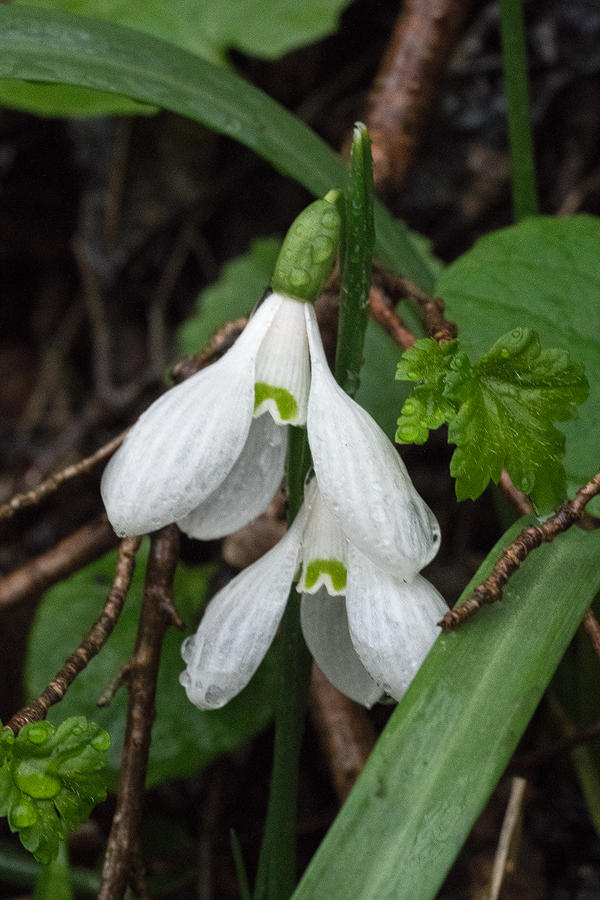
I also saw the well-known population of G. rizehensis at Sumela Monastery, though it had finished flowering and most of the plants were under snow. The leaves were narrower than those in the population described above.

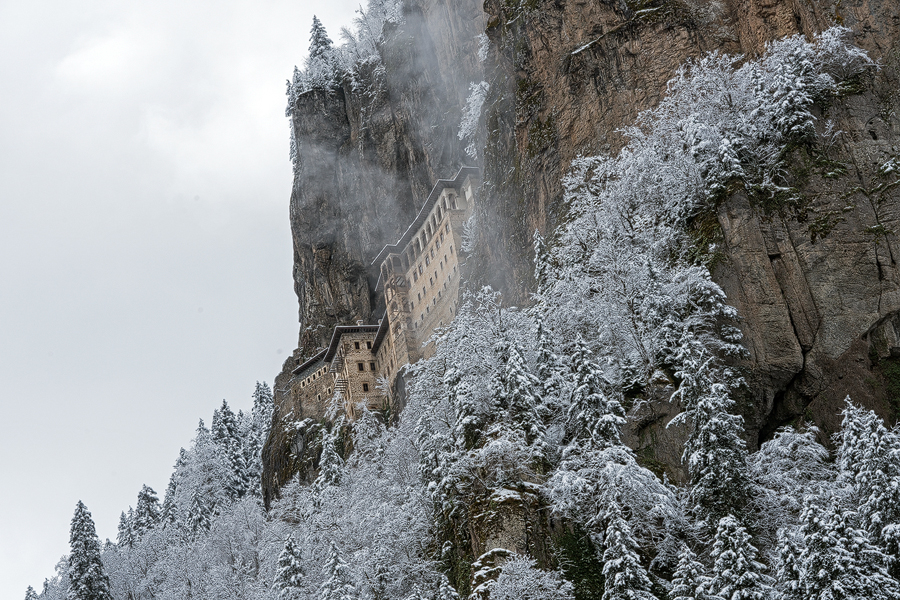
At the end of March I went to Georgia and saw G. lagodechianus in several places. First stop was Lagodekhi National Park, the place from which the species was first described. In this early spring, it turned out that the plants that occur between 500m and 1000m elevation had started flowering in late January and had finished in late February. I was too late, as has so often been the case. I did, however, take some pictures of the leaves and, by golly, they look rather similar to the population of G. rizehensis described above.
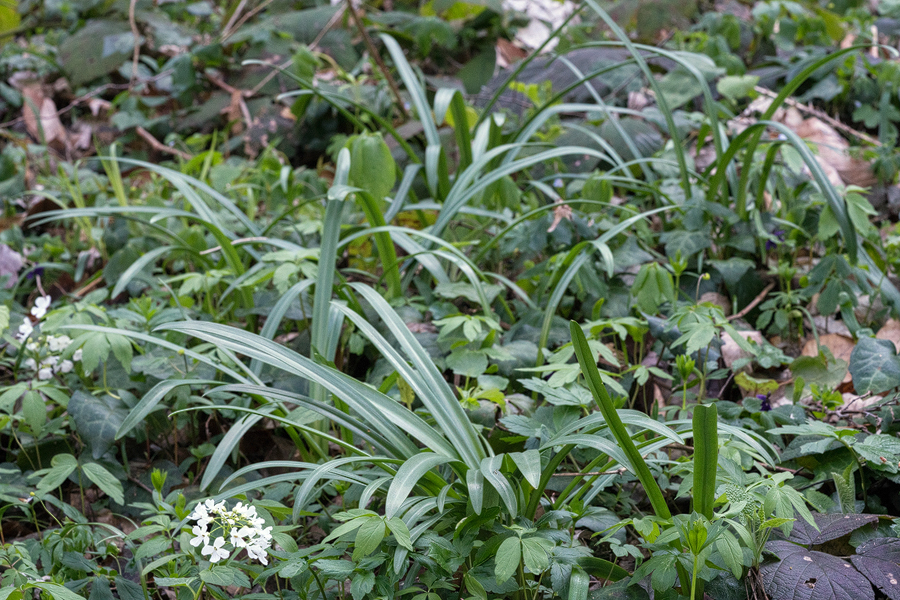
A few days later, north of Tblisi, at an elevation of 1400m, I saw a population of snowdrops in full flower. These are known to some local botanists as G. ketzkhovelli. This name was published by the same botanist, Liubov Kemularia-Nathadze, in the same year (1937) as G. lagodechianus. Both types[3] were collected in Lagodekhi National Park, the latter at low elevation, the former at high elevation. Presumably Kemularia-Nathadze noticed some meaningful difference. These plants were growing on gentle slopes in magnificent beech forest, again over limestone rocks. The snow at this elevation had recently melted and no other plants were flowering, though Cardamine quinquefolia was emerging in vast abundance.
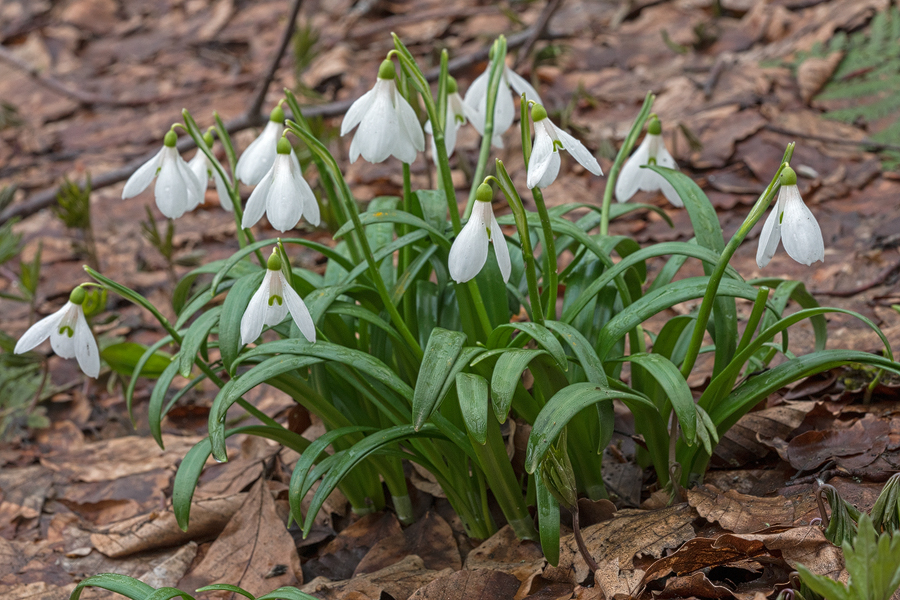
The population was large and scattered over several hectares but each clump of snowdrops was typically separated by many metres. I’ve never seen another snowdrop population distributed in this way. It was as though the ants that presumably disperse the seeds had decided not to drop them before walking at least 10 metres from the source. Some clones made clumps, whereas others were singletons. Some clones were rather floriferous but many produced a lot of leaves and few flowers. The plants I photographed were obviously those with the most attractive flowers and it would be easy to gain the impression of a freely-flowering population but this was not really the case.
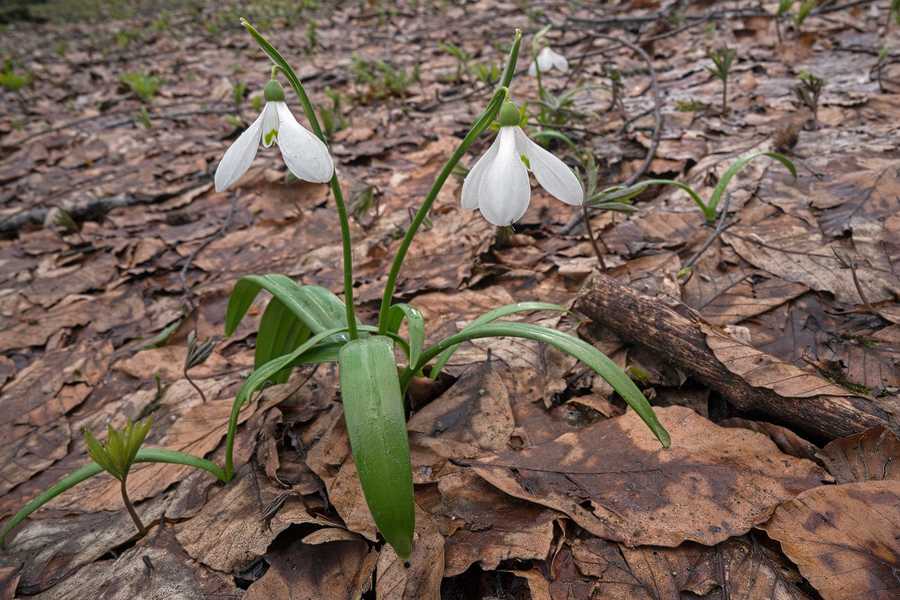
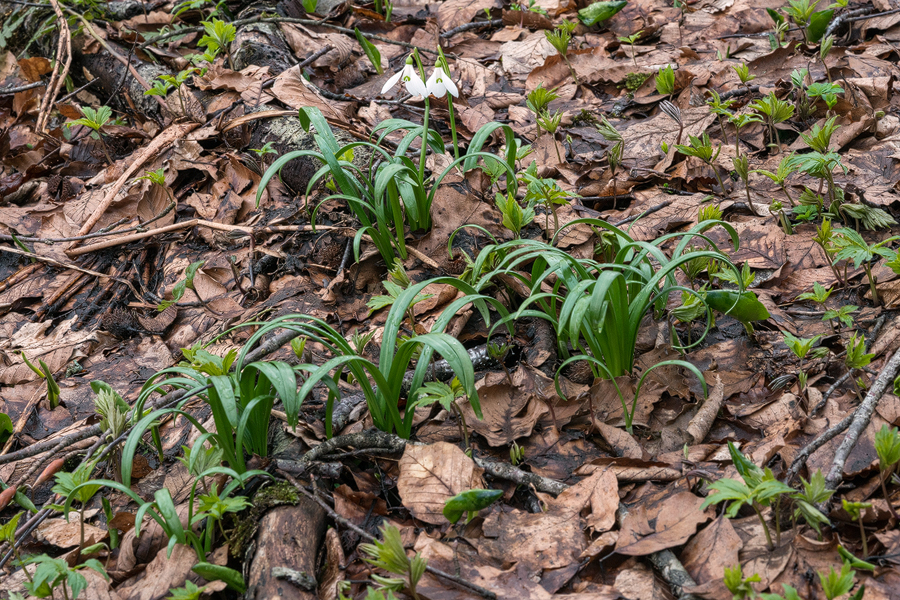
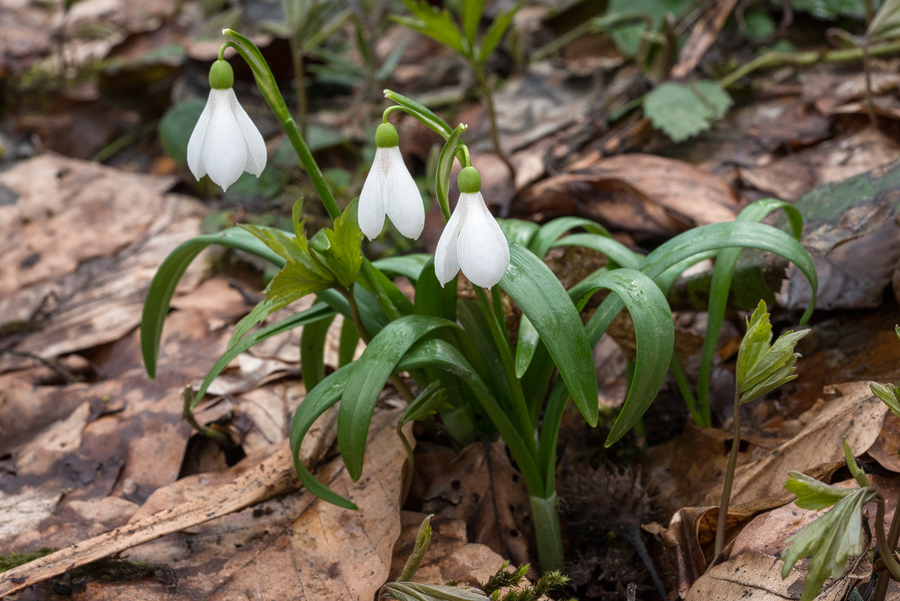
These plants were very different to ‘G. artjuschenkoae’, as I saw it in Armenia. Although the leaves were a similar colour, and also dark, matt green, they recurved strongly in the manner that is supposed to be characteristic of G. rizehensis. They also had the thin, pale median stripe on the adaxial leaf surface that indicates (allegedly) G. rizehensis.
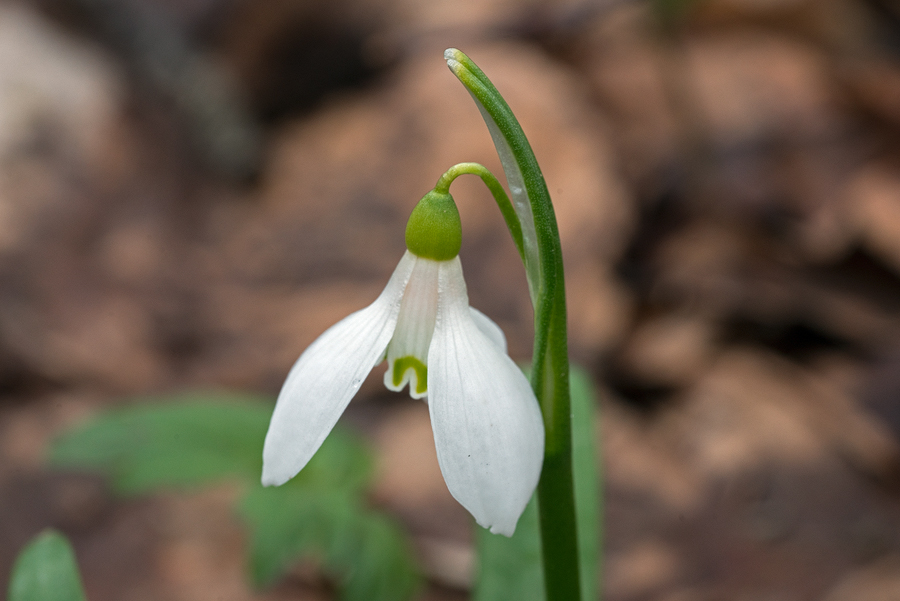
The flowers were similar to those on the plants I had seen in Armenia, with longish claws, an elegant pear-shape and a single, rather unvarying green mark, in the shape of an inverted U or V, at the apex of each inner segment. I saw few plants in this population with yellowish marks or ovaries but there were a few individuals with extra segments or green marks on the outer segments.
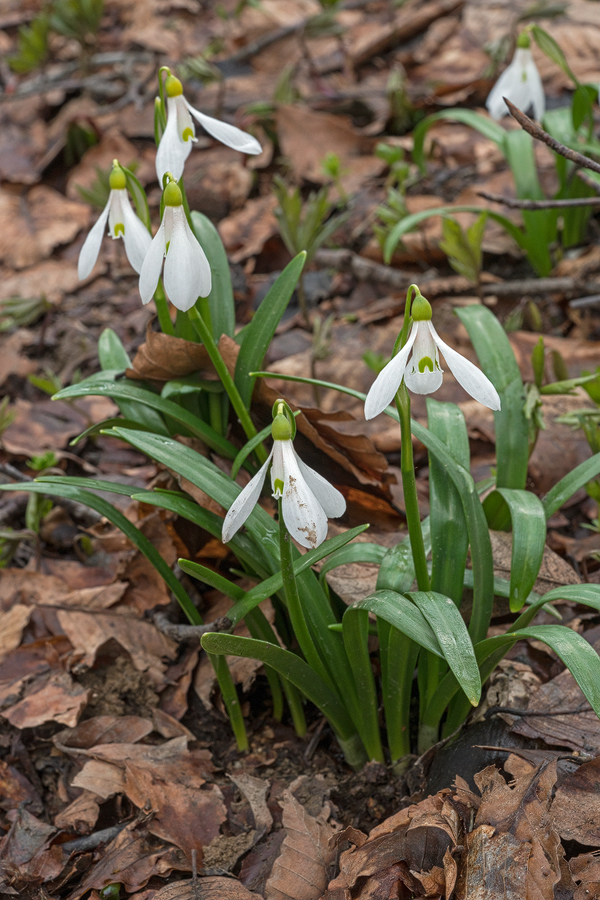
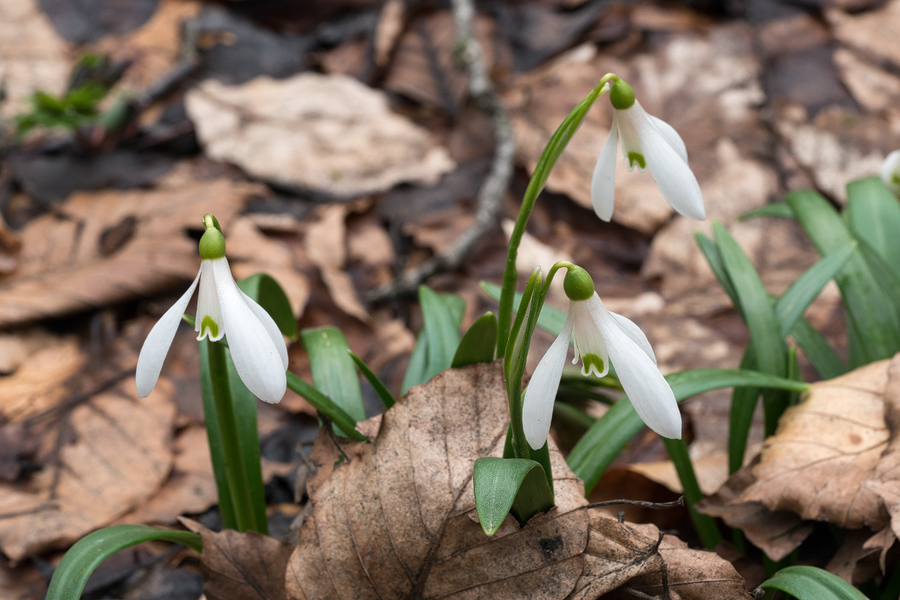
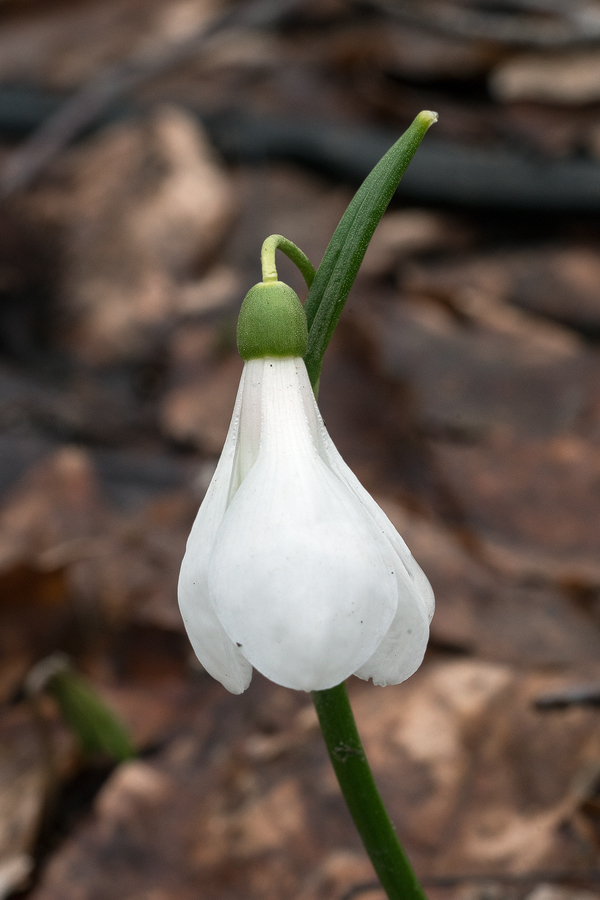
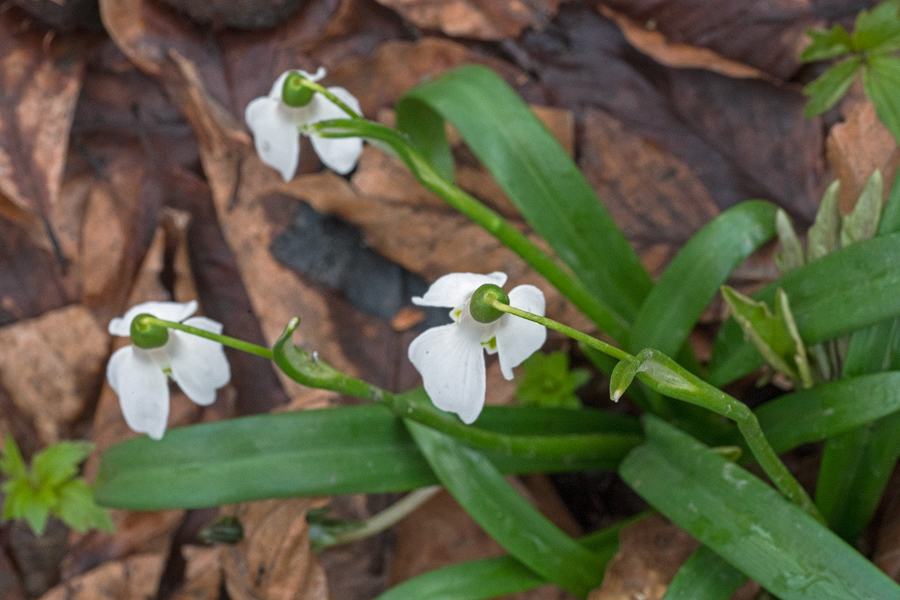
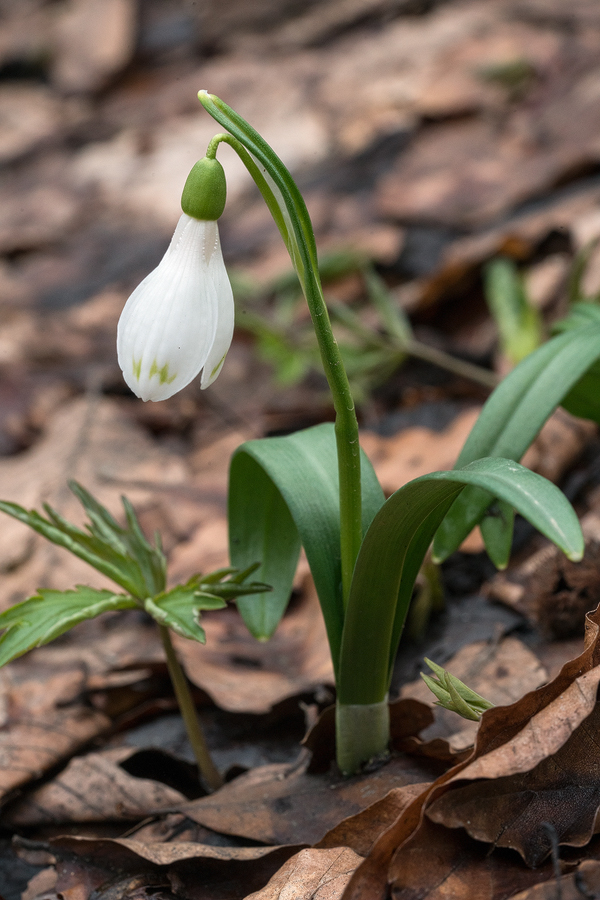
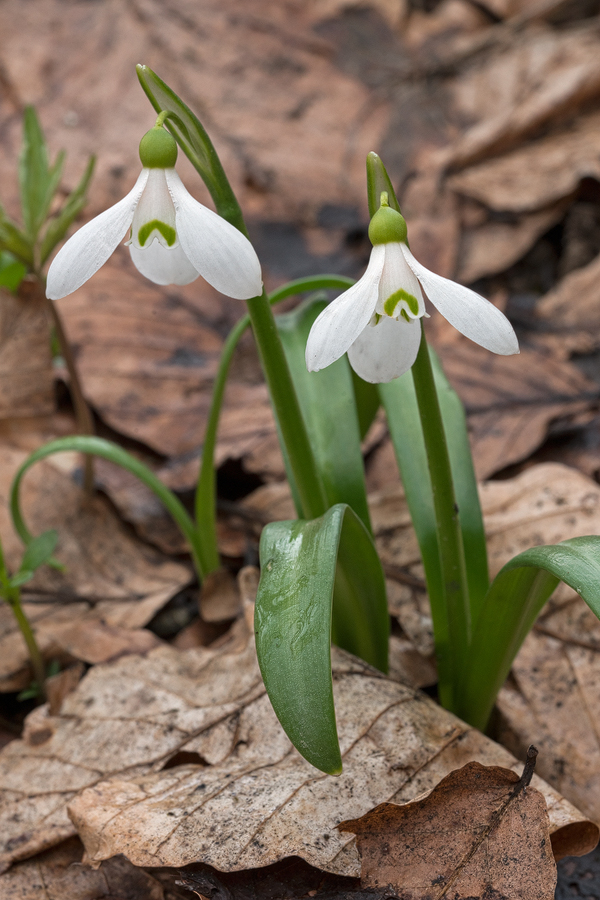
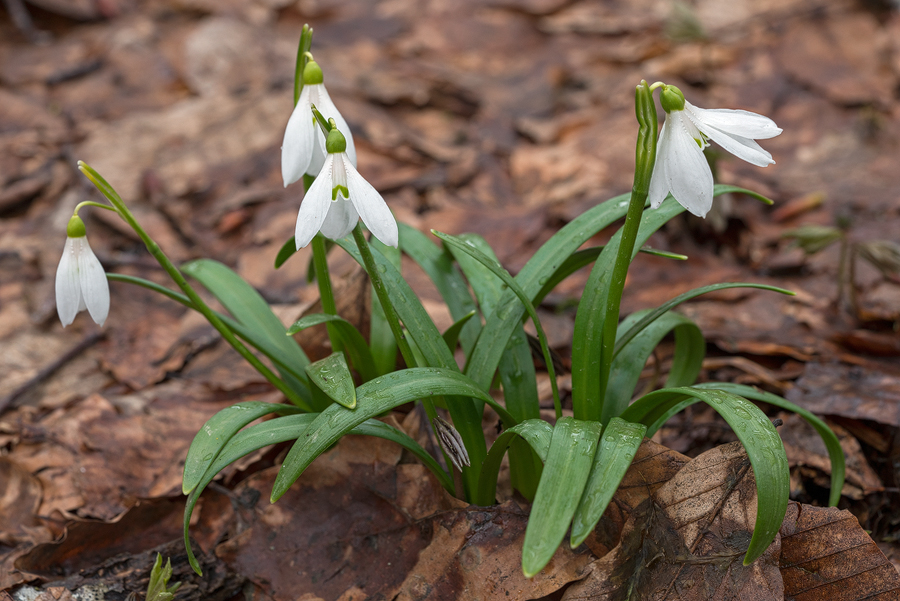
On the basis of morphology alone, I do not think it is possible to distinguish G. lagodechianus and G. rizehensis, without prior knowledge of the place in which they were found. None of the criteria that have been used are reliable, either individually or collectively. A pale line down the middle of the adaxial surface of the leaf is said to be more prominent in G. rizehensis but this is not the case. The shape of the inner segment mark can be either an inverted U or V in both species. The leaves are alleged to recurve at flowering time more commonly in G. rizehensis but this is plainly also not true. Leaf colour and gloss varies widely within and between both species, though I concede that populations with pale green leaves appear to occur only in G. rizehensis. The elevation at which putuative populations of the two species occur overlaps considerably (I have see G. lagodechianus as low as 600m, at the locus classicus in Lagodekhi National Park in Georgia and G. rizehensis as high as 1375m in the Kaçkar National Park in Turkey. Flowering time is said to differ between the two species, with G. lagodechianus being later. But in 2016, G. lagodechianus started to flower in late January in Lagodekhi National Park and was finished by late February, whereas I saw G. rizehensis in flower at 1100m, in NE Turkey, in mid March. In short, nothing works! None of this, incidentally, is intended as a criticism of Davis’s excellent monograph, which remains the best study of the genus available and is the one book I never travel without.
So, there are no reliable morphological differences between the two putative species. There are, however, unequivocal differences in ploidy (chromosome number), with G. rizehensis being diploid (2n = 24), like most snowdrop species, or triploid (2n = 36) and G. lagodechianus being hexaploid (2n = 72). I do not know how many populations this distinction is based upon. Closely related plants with different chromosome numbers typically cannot hybridise. It is possible that, as Aaron Davis speculated in his monograph of the genus, ‘an isolation event in the Caucasus separated a once more widely spread species, leading to the evolution of these two species from a common ancestor.’[4]
We were about to head back to Tiblisi when I noticed another large population of snowdrops down the slope from where we had been searching. On closer inspection, I realised that these plants were almost all G. woronowii but with clumps of G. lagodechianus mixed with them, particularly in the lower part of the population. At this slightly lower elevation site, most of the G. lagodechianus had finished flowering, whereas the G. woronowii were in full flower, although the population was not very floriferous and seemed to be spreading clonally.

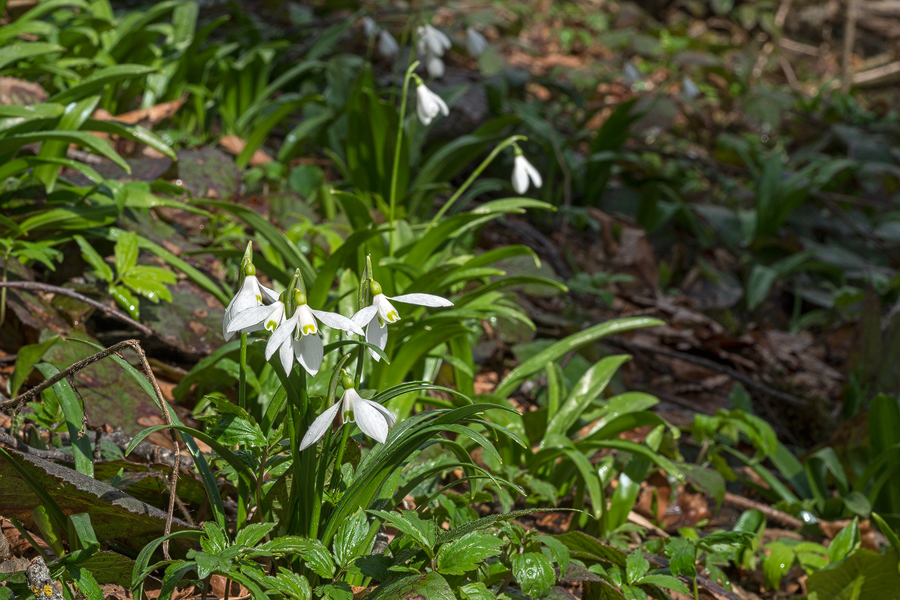
As hard as I looked, I could not convince myself that there were any hybrids present, although the G. lagodechianus were rather different than those only a few hundred metres up the slope, in that the foliage was rather erect, not recurving. I wonder whether the recurving of the leaves present in some populations could be an environmental response to snow melt or temperature? The snow at this elevation (1400m – 1500m) had only recently melted.
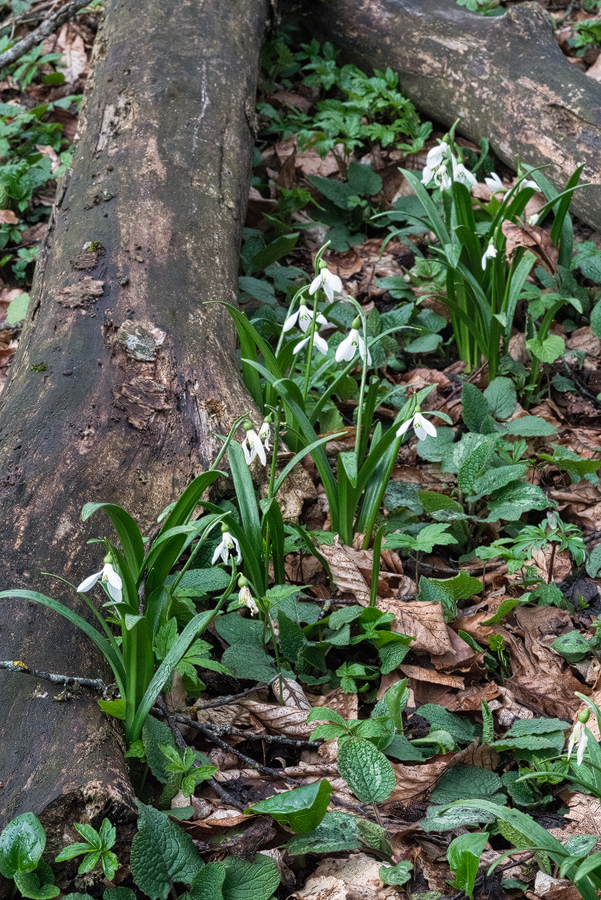
Apparent hybrids between G. rizehensis and G. woronowii have been reported from NE Turkey. This is plausible, as the two species are closely related and both are diploid (the former also has triploid forms). It is unlikely, however, that G. lagodechianus and G. woronowii could produce hybrids naturally, given the difference in chromosome number.
Later in the same day, we saw Galanthus kemulariae, as it is known in Georgia, at the locus classicus near Zedazeni Monastery. These plants were very similar to those referred to as G. ketzkhovelli, albeit with more erect leaves.
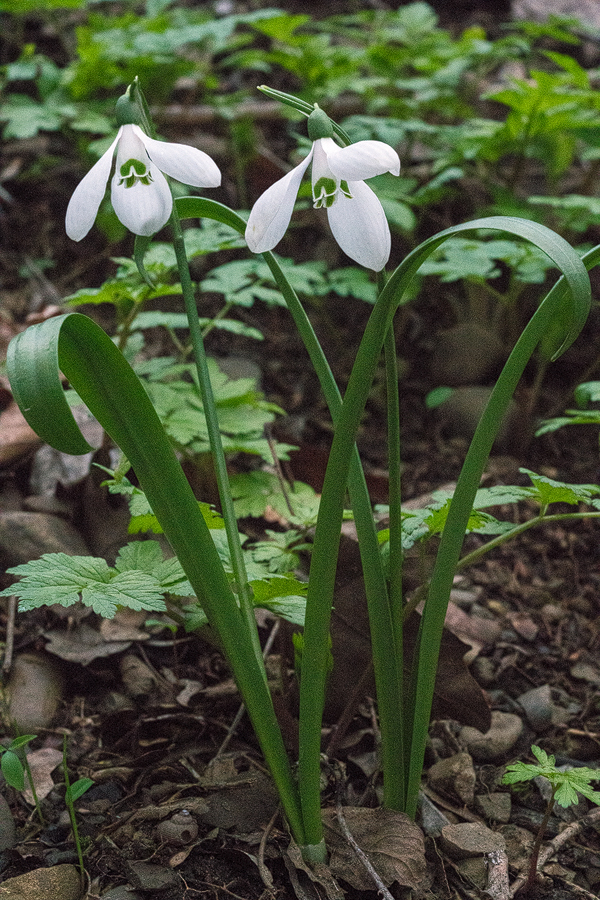
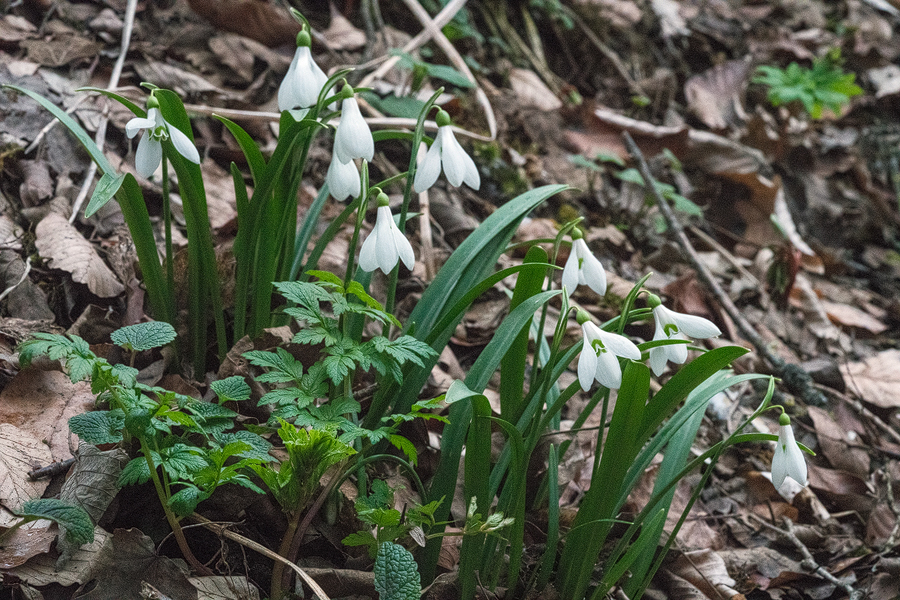
The following week I travelled to Russia and visited the north Caucasus Republics of Kabardino-Balkaria, North Ossetia and Ingushetia, then going on to Sochi on the Black Sea coast and Abkhazia, a self-declared independent Republic, currently recognised only by Russia and Somalia. It’s real enough, on the ground.
In Kabardino-Balkaria I saw two populations of G. cabardensis, again from the type locality. These plants had flowered in an unusually warm January and February though, judging by the lack of fruit, they had not flowered well. Other than having typically slightly narrower leaves, they did not differ noticeably from the populations of G. lagodechianus I had seen in Georgia.
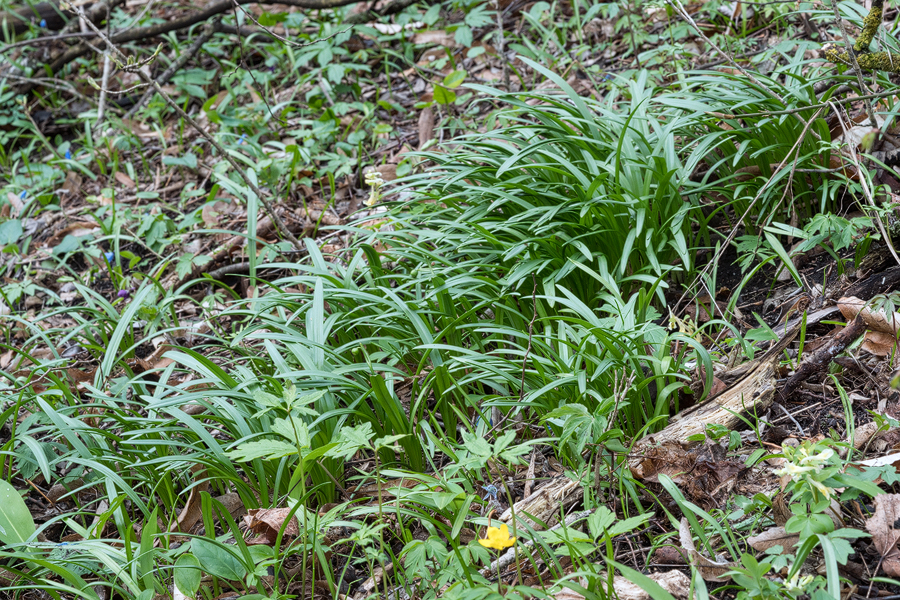
In the warm, mild climate near the Black Sea Coast, I saw two populations of Galanthus rizehensis, with narrow, rather pale green, slightly glossy leaves, which were held rather prostrate. These plants must have flowered in February, judging by the development of the fruits. This in itself is interesting, as there is a photograph in Davis’s monograph of a plant in these very populations flowering on 1 April 1992. There must be very large differences between years in the severity and duration of winter.
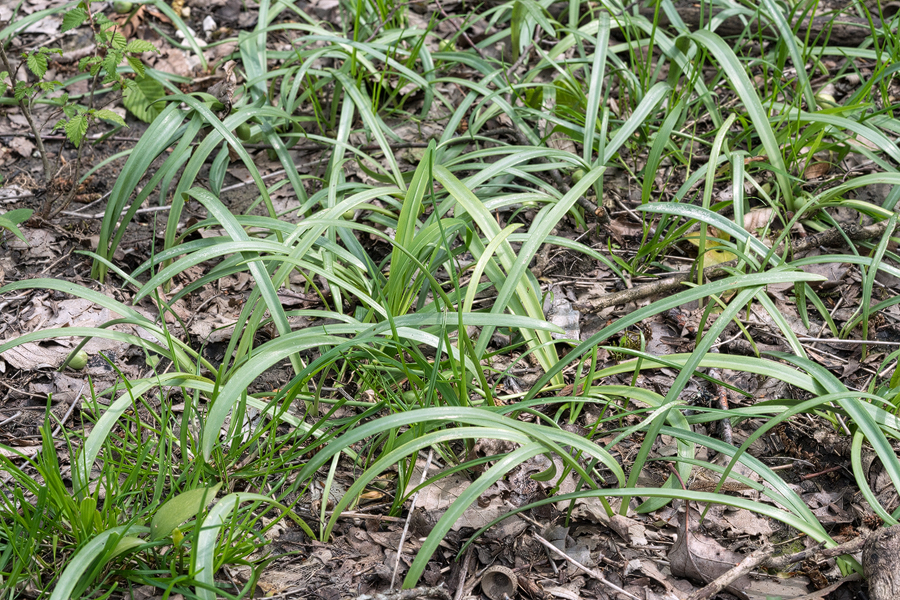
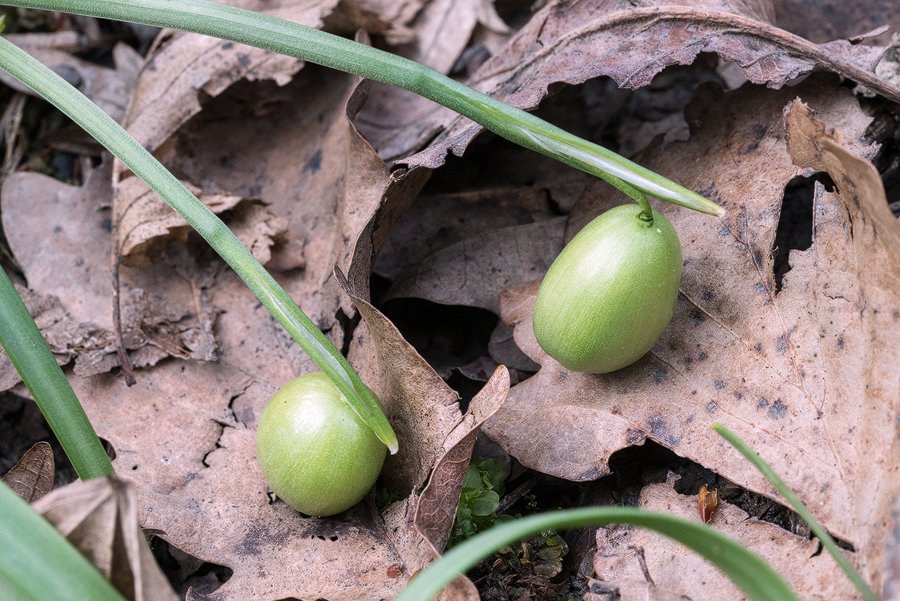
In Abkhazia, along a road where G. woronowii was abundant, I found one small population of what appeared to be G. rizehensis, but with broad, glossy leaves. The vernation of these plants was unconvincingly applanate and I wonder whether these could be the hybrids with G. woronowii that have also been reported from NE Turkey.
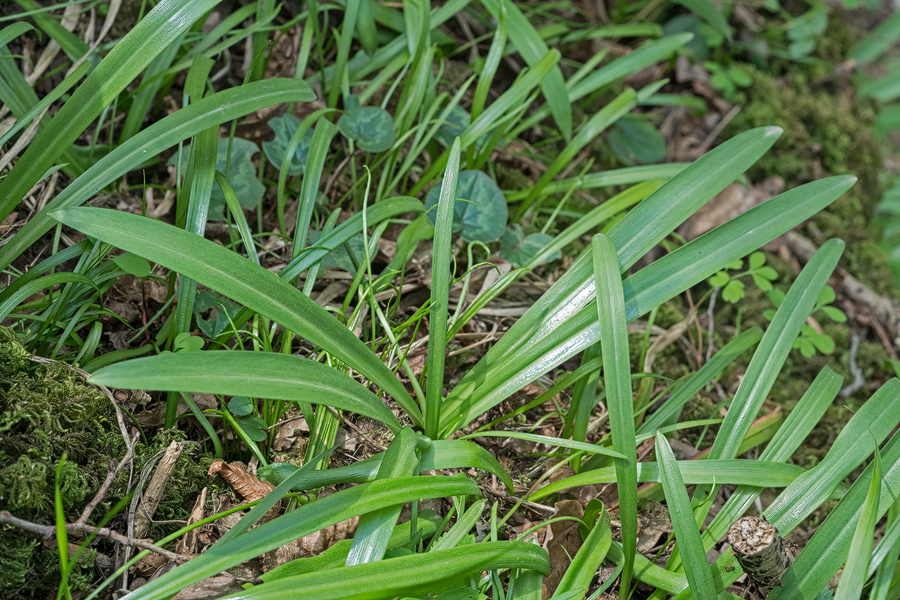
Finally, in early April, following up on a lead from a kind friend, I found several small populations of what must be G. rizehensis, at elevations between 950m and 1375m in the Kaçkar Mountains of NE Turkey. These plants had also flowered some time ago but the leaves were odd. They were long and lush, an olive-green colour, very glossy and rather fleshy, with somewhat recurved margins. I guarantee that a congenital splitter seeing these plants would immediately rush to describe a new species. But I’m not like that.
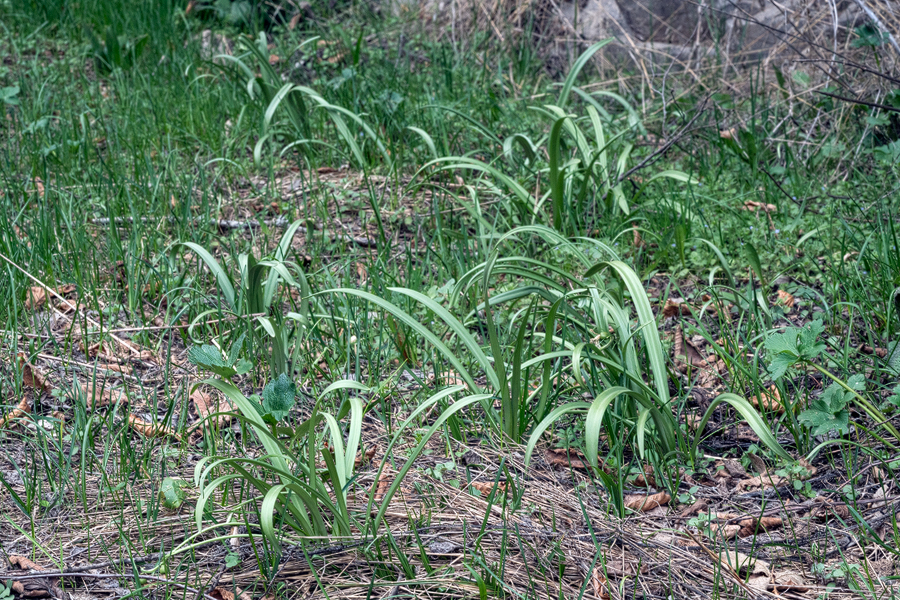
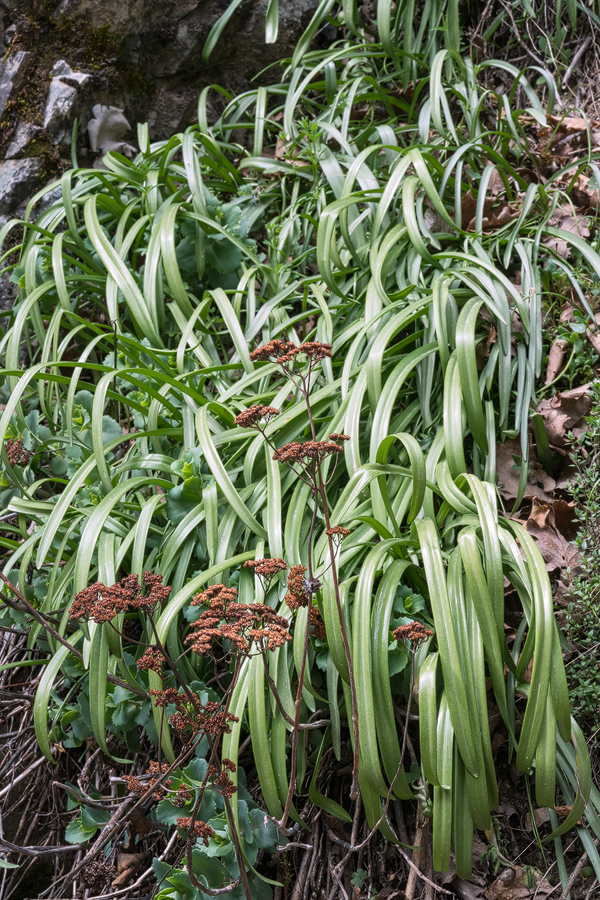
A brief horticultural concluding note. Whatever the true nature and evolutionary history of G. rizehensis and G. lagodechianus, within both species there are huge differences in the potential value as garden plants of different populations. For my money, the Armenian populations of G. ‘artjuschenkoae’ are the most attractive of all and the most floriferous, followed closely by G.‘ketzkhovelli’. G. lagodechianus is often accused by gardeners of not being very free-flowering and this is certainly true of some, but not all wild populations too. There is nothing wrong with gardeners continuing to deploy ‘invalid’ botanical names, in inverted commas, to refer to these horticulturally, if not botanically distinct populations. Many seed collections from across the range of variation have fortunately been made and, in due course, selections from these collections should make their way into more widespread cultivation, at which point the reputation of G. lagodechianus as a good garden plant will, I foresee, take an upward leap.
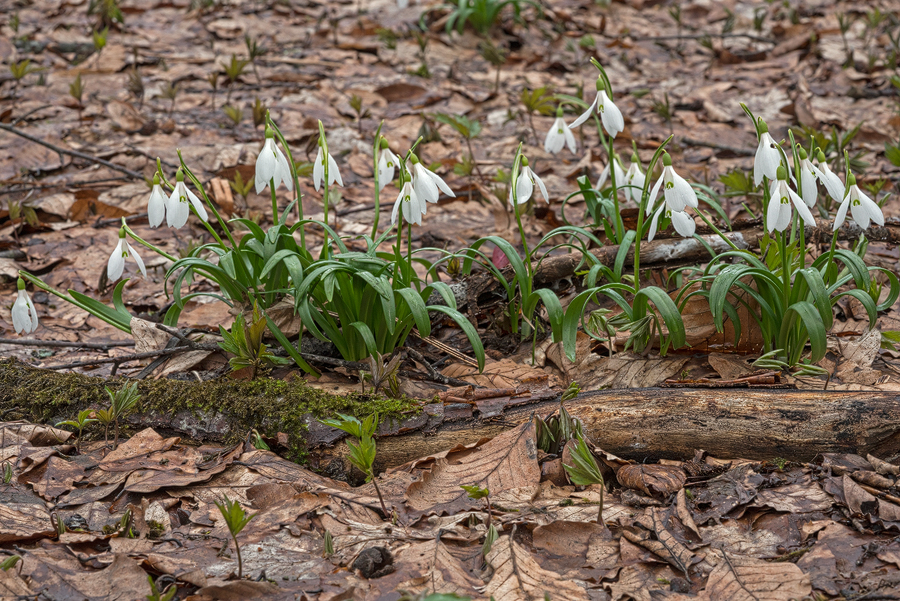
[1] http://www.gly.uga.edu/railsback/CS/CSIndex.html
[2] http://www.theplantlist.org/tpl1.1/search?q=galanthus
[3] The ‘type’ concept is important in taxonomy. It is the plant or plants on which the original description is based and is deposited in a herbarium, where it can be examined by botanists wishing to understand the concept that the author of a particular name had in mind. That is also why, formally, one ought to give the name of a plant’s author alongside the genus and species.
[4] p. 176 in Davis, Aaron (1999) The Genus Galanthus. Timber Press, Portland, Oregon.
